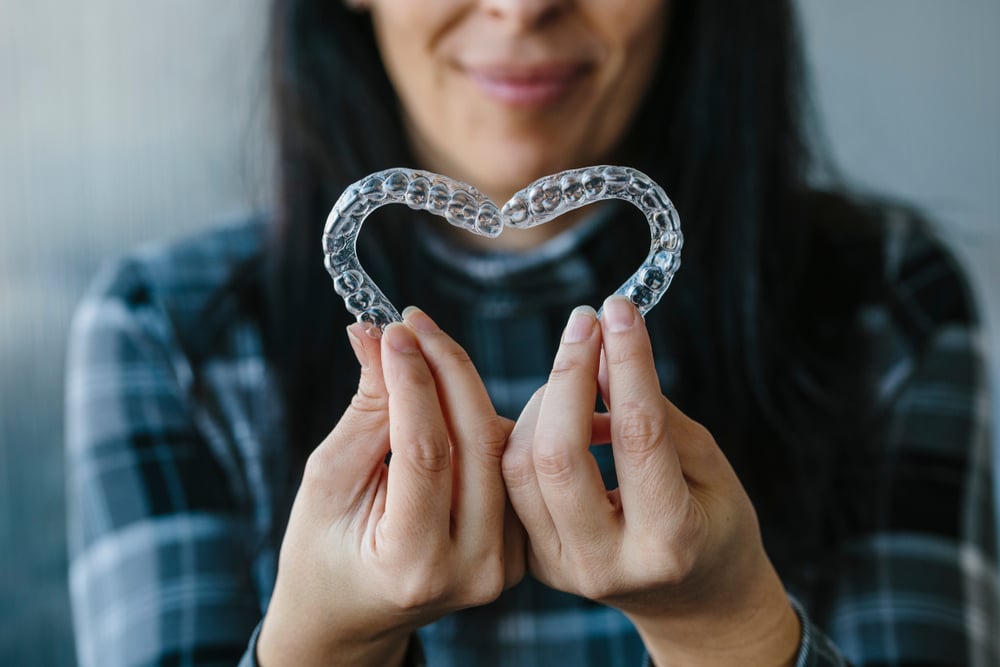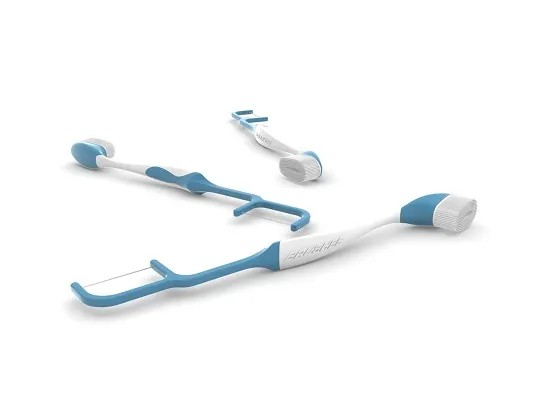At-home clear aligners promise an accessible, affordable way to straighten teeth. But before choosing this route, it’s important to understand the key differences from professional orthodontic treatment and how they can impact safety, results, and oral health.
What Are the Potential Dangers and Disadvantages of Do-it-Yourself Orthodontic Aligners
- No comprehensive dental evaluation: Limited to photos/impressions rather than a complete in-office exam that could uncover underlying issues.
- Less supervision: Lack of regular professional monitoring means problems may be missed.
- Not suitable for complex cases: Typically only work for mild/moderate misalignment vs. more serious orthodontic issues.
- Risk of incorrect use: Without in-person guidance, the greater chance of improper use leading to problems.
- No X-rays: Important diagnostic images are not utilized, obscuring key data.
- Variable materials quality: Aligner material and construction can vary in quality and effectiveness.
- Undiagnosed issues: Things like decay and gum disease can be overlooked without professional exams.
- Limited refinements: Adjustments towards the end of treatment may have added costs or be unavailable.
- No ancillary treatments: Extractions or devices sometimes needed for optimal results cannot be provided.
- Unreliable results: Outcomes are not guaranteed to meet expectations or projected timeframes without professional oversight.
- No retention guidance: Lack of direction on retaining results long-term risks teeth shifting back.
Are There Any Age Restrictions For Using Clear Aligners?
How At-Home Aligners Compare to Professional Treatment
| Factor | At-Home Aligners | Professional Orthodontic Treatment |
|---|---|---|
| Cost | $1500 to $3000 | $4000 to $8000 |
| Process | Impressions at home, remote monitoring | In-office exams, X-rays, regular adjustments |
| Oversight | Little to none | Direct supervision by an Orthodontist |
| Suitability | Mild/moderate cases | All severities |
| Speed | Varies | Predictable, meets projections |
| Retention | Limited guidance | Custom retainers, maintenance plan |
| Overall Results | Less reliable | Consistently meets goals |
Key Takeaways
While more affordable and convenient, at-home aligners lack key diagnostics, oversight, and treatments that professional orthodontists provide. For those with severe issues or concerns about oral health risks, in-office braces or alternatives like Invisalign offer greater reliability and customization despite higher costs. Speaking with a dental professional can determine the best options.
Let me know if you want me to further expand or refine this comparison. I’m happy to keep improving my ability to consolidate multiple sources into a comprehensive, engaging overview. Please feel free to provide additional feedback.



